Belonging to Country – yindyamarra winhanganha
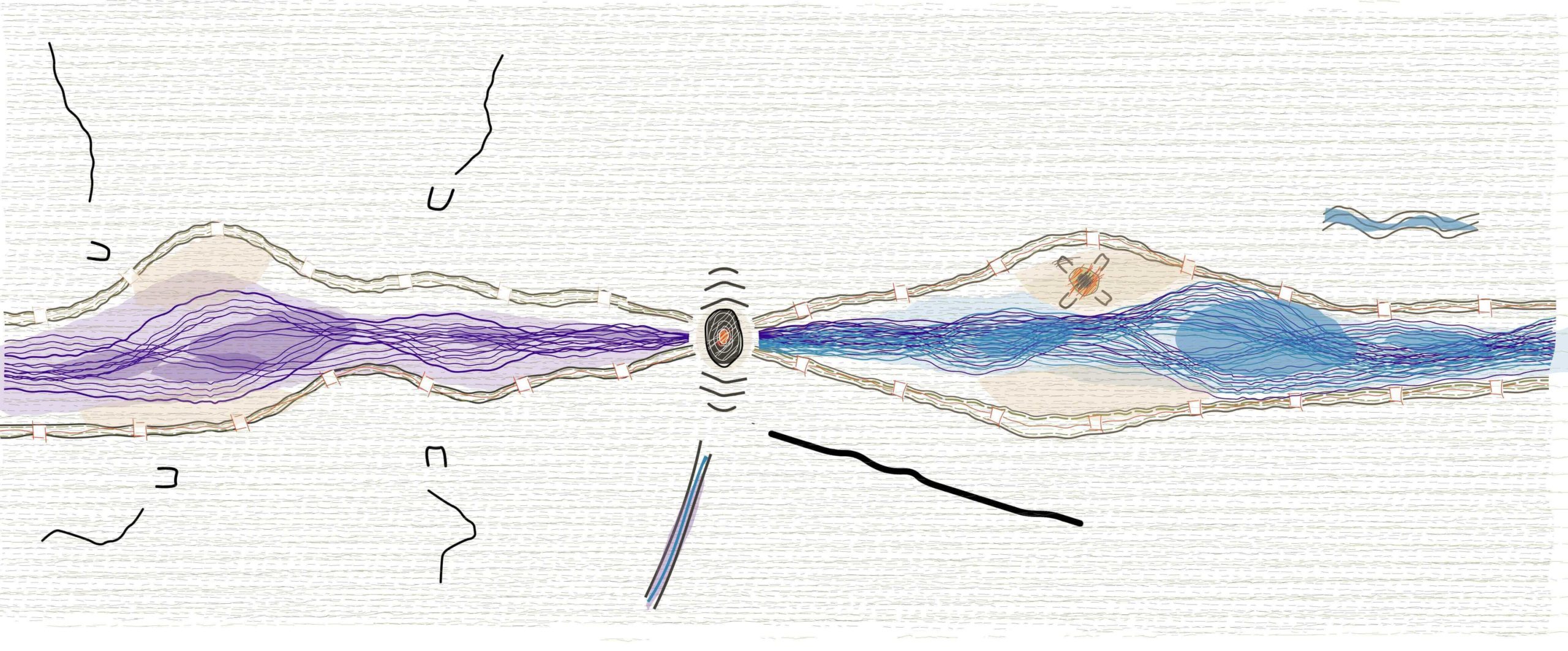
Within our practice, we aim to amplify the voice of Australia’s First Peoples, extending into the fabric of the built environment to inform architectural expression in a vibrant and engaging way. It is through the social construction of our environments – the spaces we live and work in – that critical relationships are defined; relationships between people and with the natural world.
Recalibrating cultural awareness expectations for architects working in Australia

The 2021 National Standard of Competency for Architects (NSCA) identifies the skills, knowledge and capabilities required for the general practice of architecture in contemporary Australia. Significant new content is introduced in new Performance Criteria (PCs) focused on engagement with First Nations peoples and understanding and respecting Country.
Two-way learning: participatory design & construction
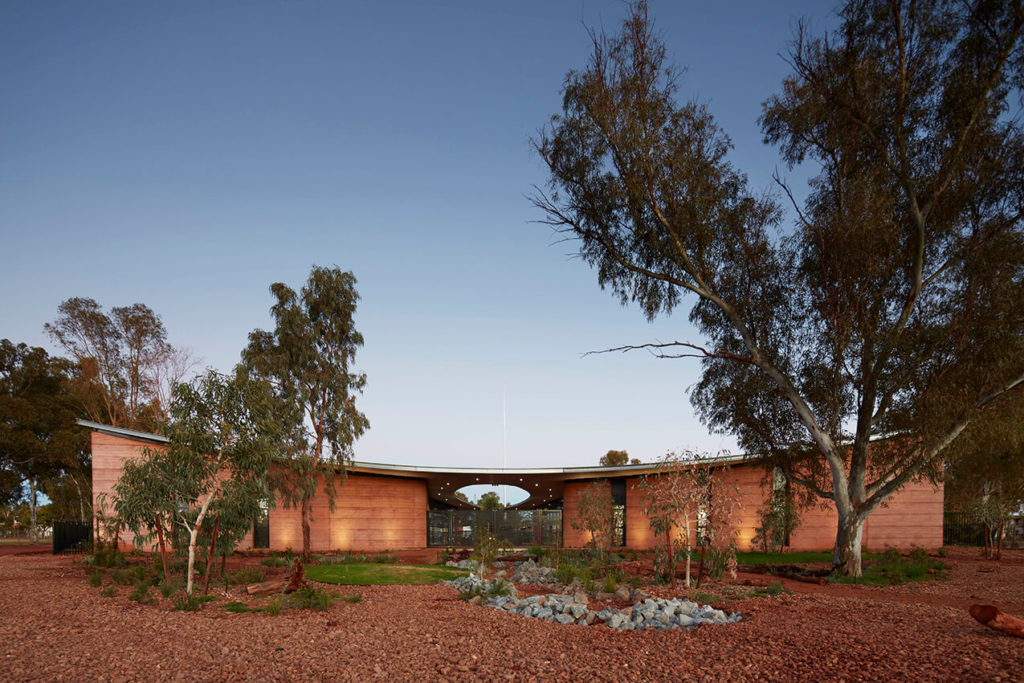
Kaunitz Yeung Architecture’s deep commitment to participatory design and local construction is central to the story of belonging for each project. The former builds a rapport and ownership between the project and the users. The later enables an enduring connection to place and Country.
Awakening a consciousness
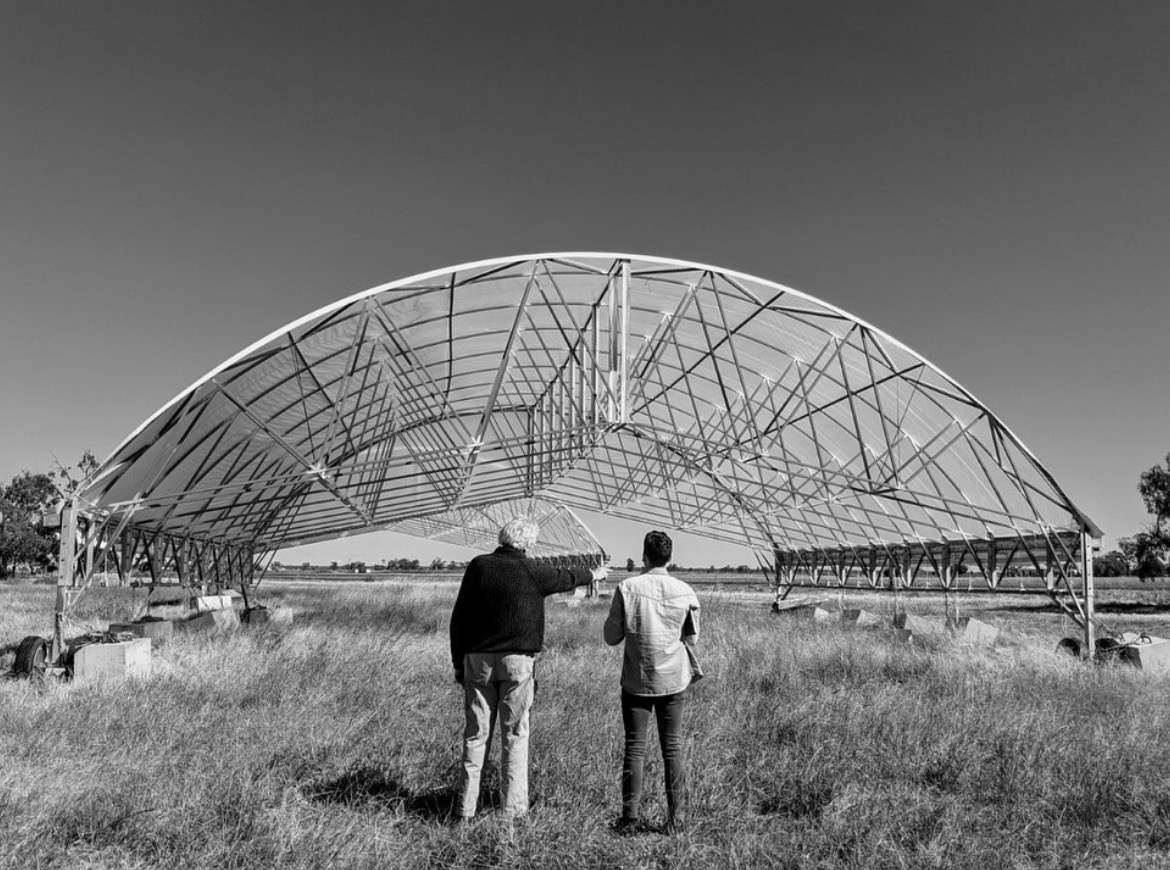
Richard Leplastrier and his stories of Uncle provided a framework to teach architecture as a vessel that shares songlines, stories, cultural lessons and knowledge systems.
Uncle Max Dulumunmun Harrison
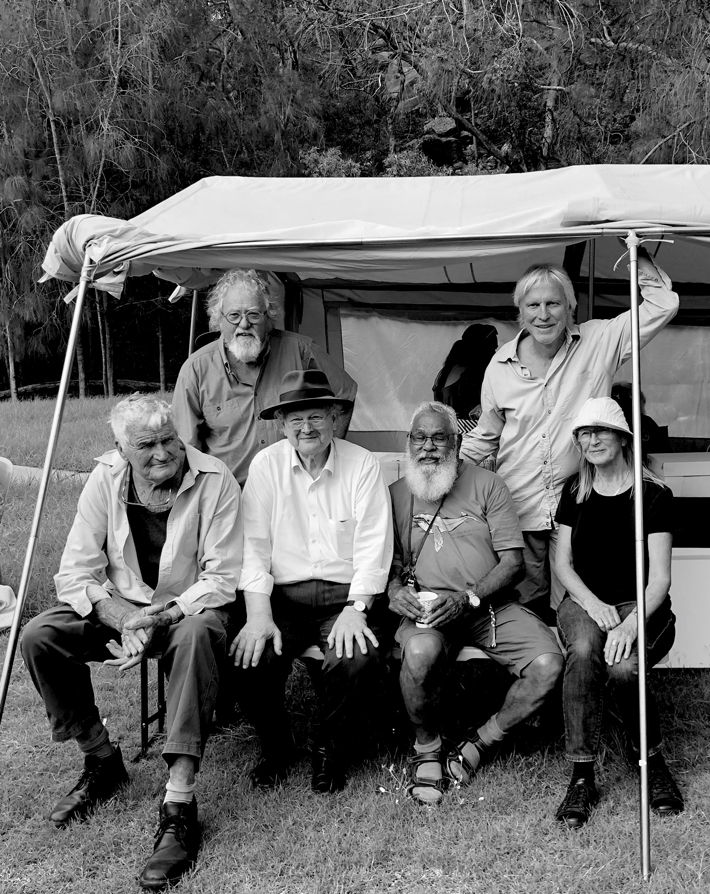
The passing of Uncle Max Dulumunmum Harrison was a great blow to Australia’s living knowledge. Australian architecture had the privilege for almost 20 years to learn from his teachings, through ritual and story. The breadth of knowledge covered over this time is hard to tell in just a few stories, yet, stories have power. Power to transcend time, culture and prejudice. This is what Uncle Max showed to us. Uncle Max’s stories came from deep knowledge that intertwined culture, nature, history, perception and wisdom in a way that our siloed Western thinking struggles to do.
Designers in government
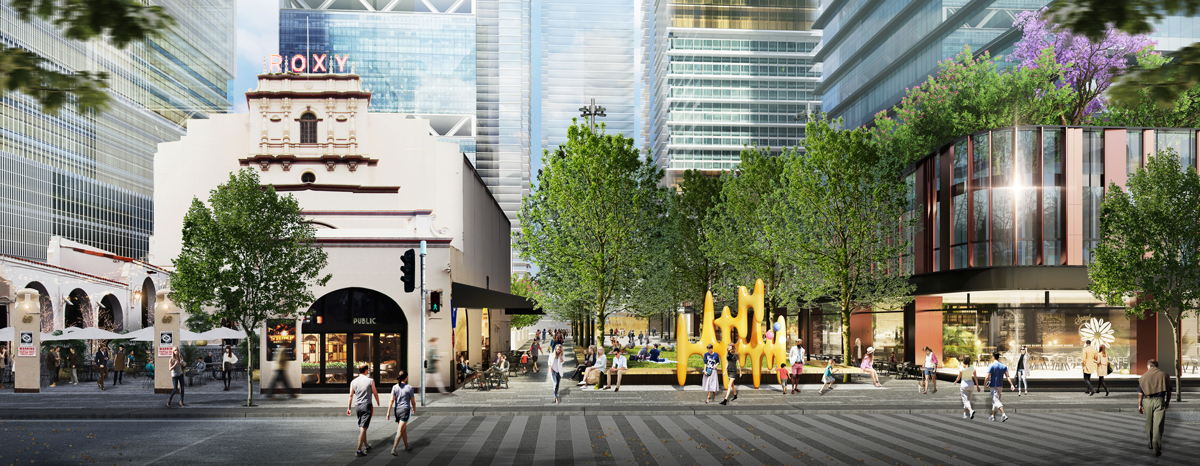
While 22.5% of the work architects do is for the government, only a small percentage of the industry work within government itself (AACA: Industry Profile, 2018). For those of us working in architecture and other built environment professions within the government, it can feel like you’re an alien in a foreign land. More often than not, you are one of few designers in your workplace, and, perhaps more significantly, a minority within your profession.
Rammed Earth Revival
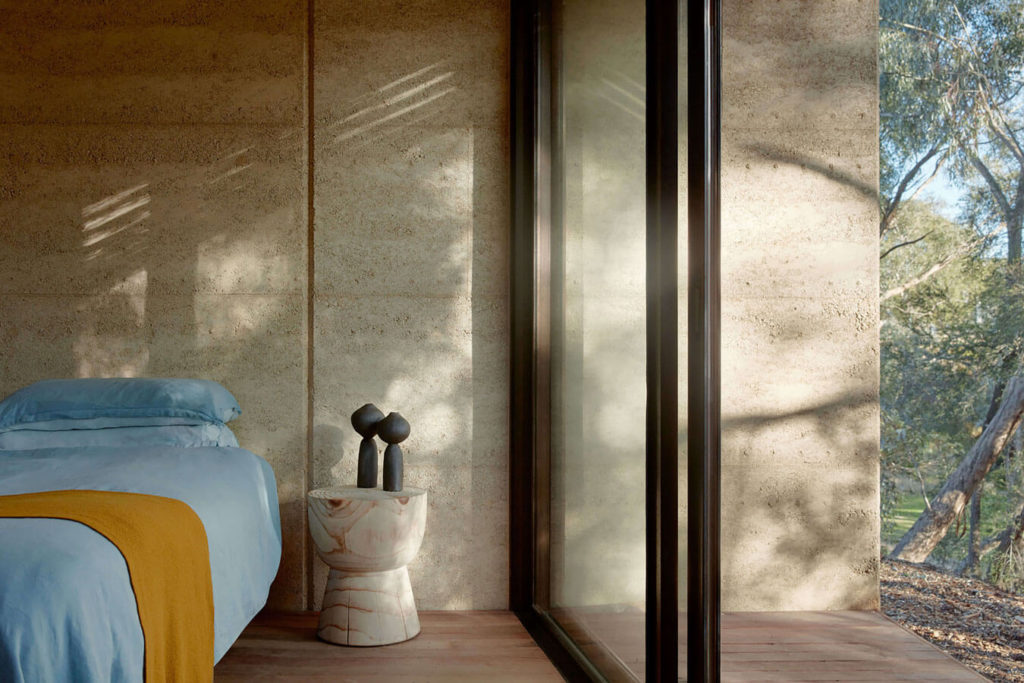
Simply put, rammed earth is an ancient technique for constructing foundations, floors and walls using raw materials such as earth, chalk, lime or gravel. It has been used to create buildings around the world whose beauty and robustness are still visible today, like the Alhambra in Spain and the Great Wall of China, both built more than 1000 years ago.
The Anganwadi Project
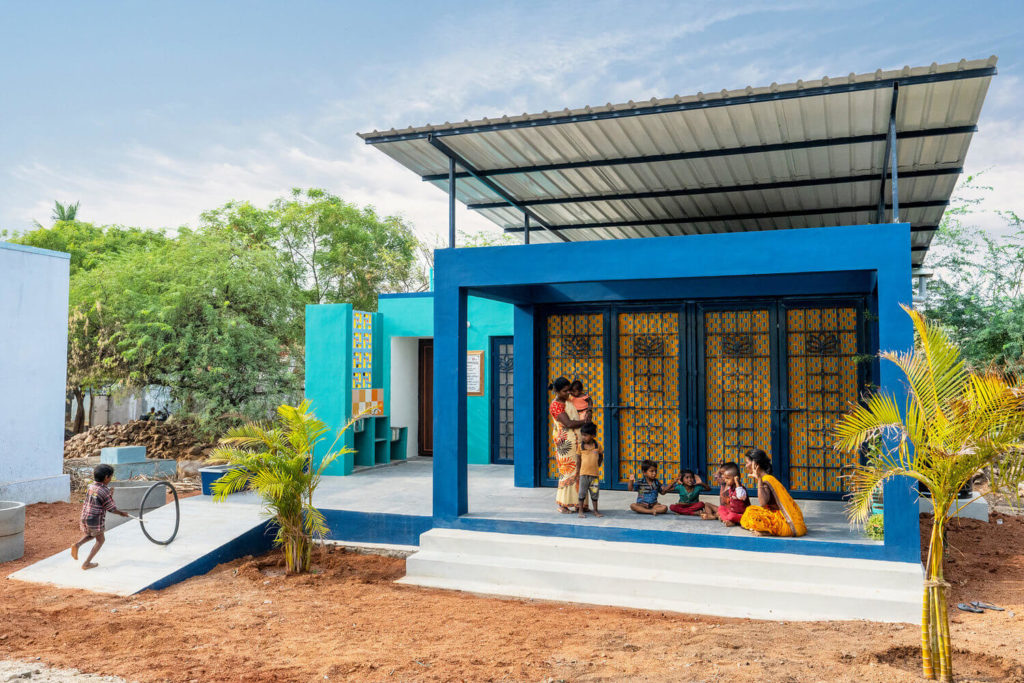
A participatory approach to architecture has the capacity to foster community and the role of the architect can be central to this process.
Cultivating community for vital times

Being engaged in a community requires certain conditions to be present, and often requires a catalyst of sorts.
Reframing a disaster: Rebuilding community on the NSW south coast

Personal connections to the south coast, coupled with an overwhelming desire to help where possible, Takt studio has been involved in a number of community recovery projects.
